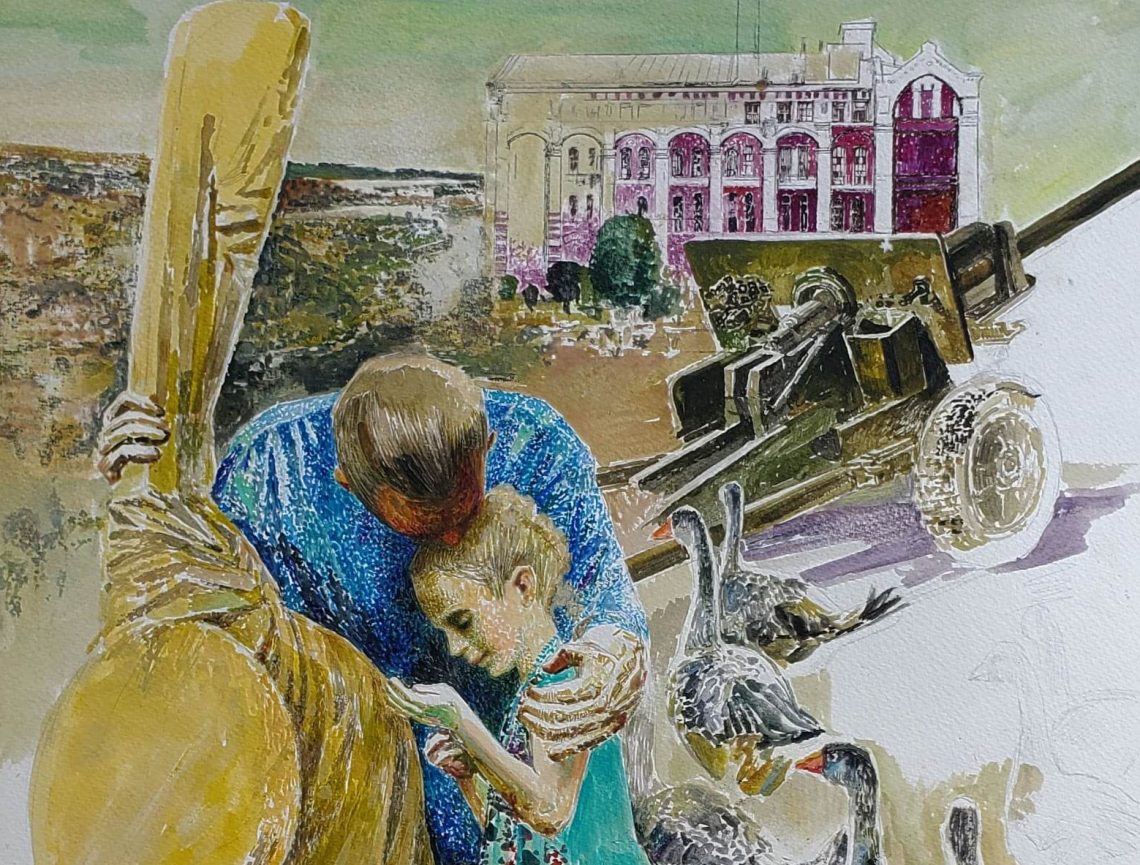
Letters From Kharkiv
Introduction
“It probably would have been an overstatement to proclaim that the artist Dmitry that worked and created before the beginning of this war, no longer exists. But that’s the way it feels. With all that tragedy happening in my Ukraina, the artist should have stepped up and created something so heartbreaking and vocal. But I didn’t. My mind and my soul fly all the time back to my Kharkiv.”
With this note, Ukrainian artist Dmitry Kuznichenko sent me a series of watercolors he created after the 24th of February, 2022, marking the bigging of the war in his birth country, Ukraine. The second series of watercolors that followed are from 2018, created during his last visit to Kharkiv. Their common denominator is the grief of loss and the need to maintain the memories alive. In this article, we present only a selection of those works.
Last vist to kharkiv
Dmitry Kuznichenko created the following watercolor in 2018, inspired by various objects left around the house by his father. Back then, they were testimonies of his family history during the previous century and a way of dealing with his grief for his lost father. War turned each object, even the most trivial ones, to acquire a deeper meaning for the artist. It was his last visit to the town of Kharkiv as he knew it before immigrating to Australia. Since then, everything has changed except his memories.
“My mind and my soul fly repeatedly back to my Kharkiv. I have no problem of visualizing that little boy Dimka, sitting on the shoulders of my Papa. He was so tall I could see everything being elevated so high. I observed how the willow trees dipped their branches in the murky waters of the river Lopan and how the supposedly golden domes of churches were covered in industrial dust.”
“Back in those days my young parents, my Babushka, and I lived a few kilometers away from a soap production plant. Less than a kilometer in the other direction was a chocolate factory called “Red October” so our neighborhood lived at the mercy of the wind, which was the one to decide for us which smell to inhale. I remember as I had been digging my trenches, preparing for another World War to come, having a shovel in my hands and a “Red October” chocolate tucked in my mouth.”
And so another war has come. And now half of my city is in ruins. And that’s the way it should have been painted or drawn by me. “
When The Battle is Over, 2018.Watercolour on paper, flowers, 50x63cm. Kharkiv, Ukraine.
When the Battle is Over
During his three months stay in his parental flat in the city of Kharkiv four years ago Kuznichenko used his watercolor paintings to keep immortal the last traces of his deceased father before emptying the rooms. “When the battle is over” belongs to this period. While in 2018, the viewer would have concentrated on the sensation deriving from the realistic depiction of still life, the same viewer in 2022 would focus on the latent allegory. The Russian invasion of Ukraine and the deadly fights in Kharkiv made the allegoric interpretation of those watercolor drawings immerge. “When the battle is over”, is one of the most iconic paintings of this period balancing reality and allegory. It also can transform the inanimate character of the work to animate as all the depicted objects revive a family story linked to 20th-century onward Ukrainian history.
The simple radio brings back memories of the father hooked for hours listening to the world news. Now it was time for the world to hear what father had to say about Ukraine. A prophecy for generations to come. The WWII medal awarded by the Russian army to his surviving grandmother for the death of her husband upon duty is the central historic object around which Ukrainian and family history unravels. Under the current situation, this tinny object is the cause of painful historic recollections as described a long time ago by the eldest and a series of negative feelings towards that object depicted by the dead deer beetle and flies on top and around the medal. Allegory exists in this watercolor painting, even in the cartoonish depiction of the first aid bag and the old clock as a way to smoothen the revived harsh feelings of war, grief, and loss. The red bag and the pills stand for the support Ukraine needs during wartime in the same way his father needed those aids to prolong his life. The cartoon like alarm clock with raised hands in the position of surrender states that the parental battle for life had ended and a new battle as severe as Stalingrad is to come with the vitality of immortal flowers foreshadowing the result.
Then came the war...
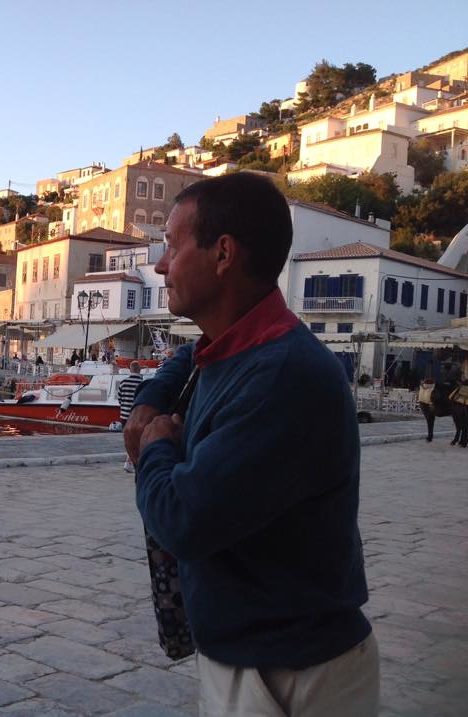
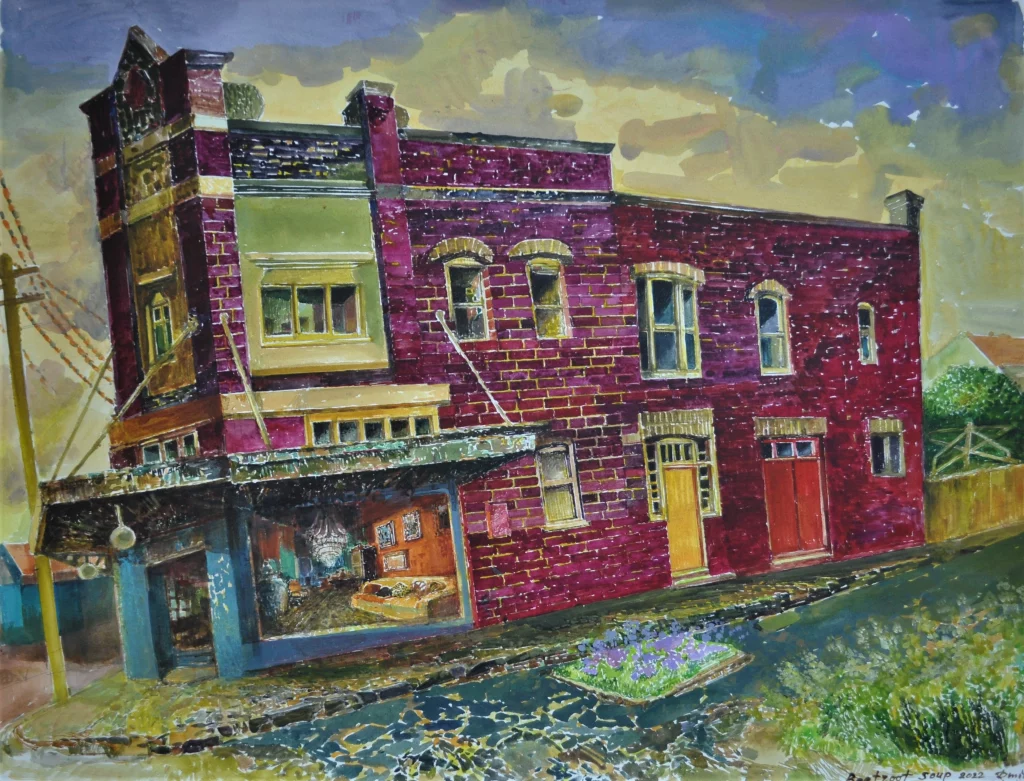
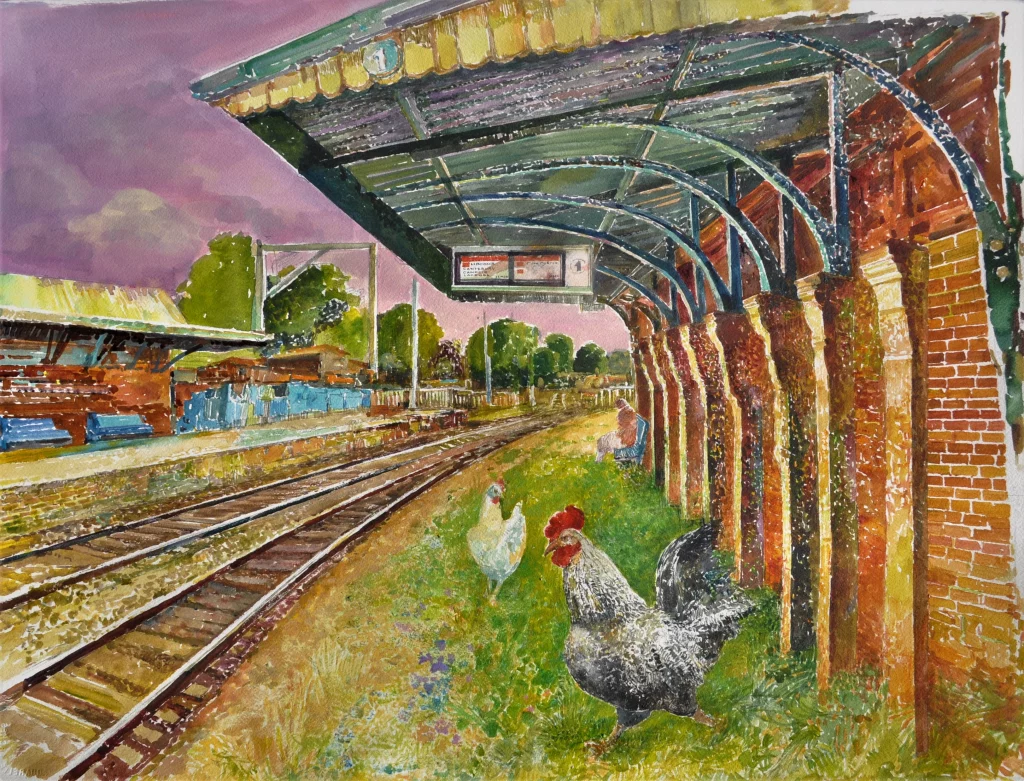
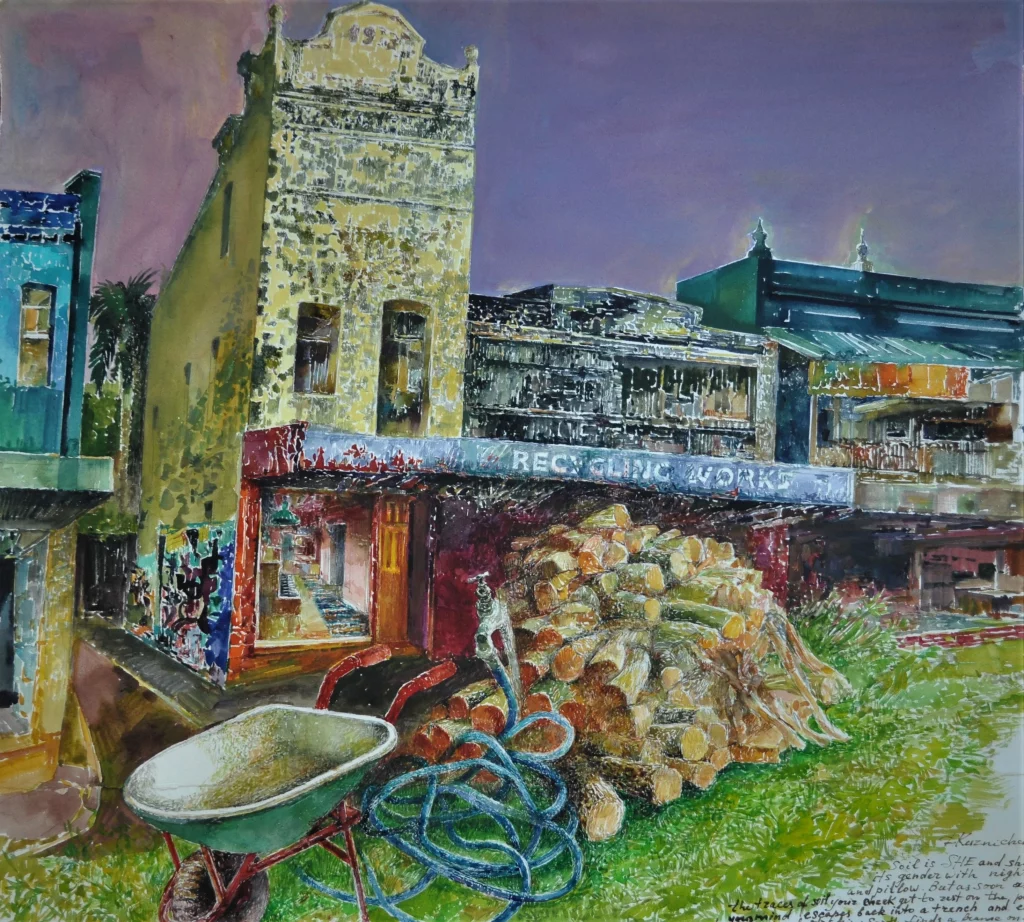
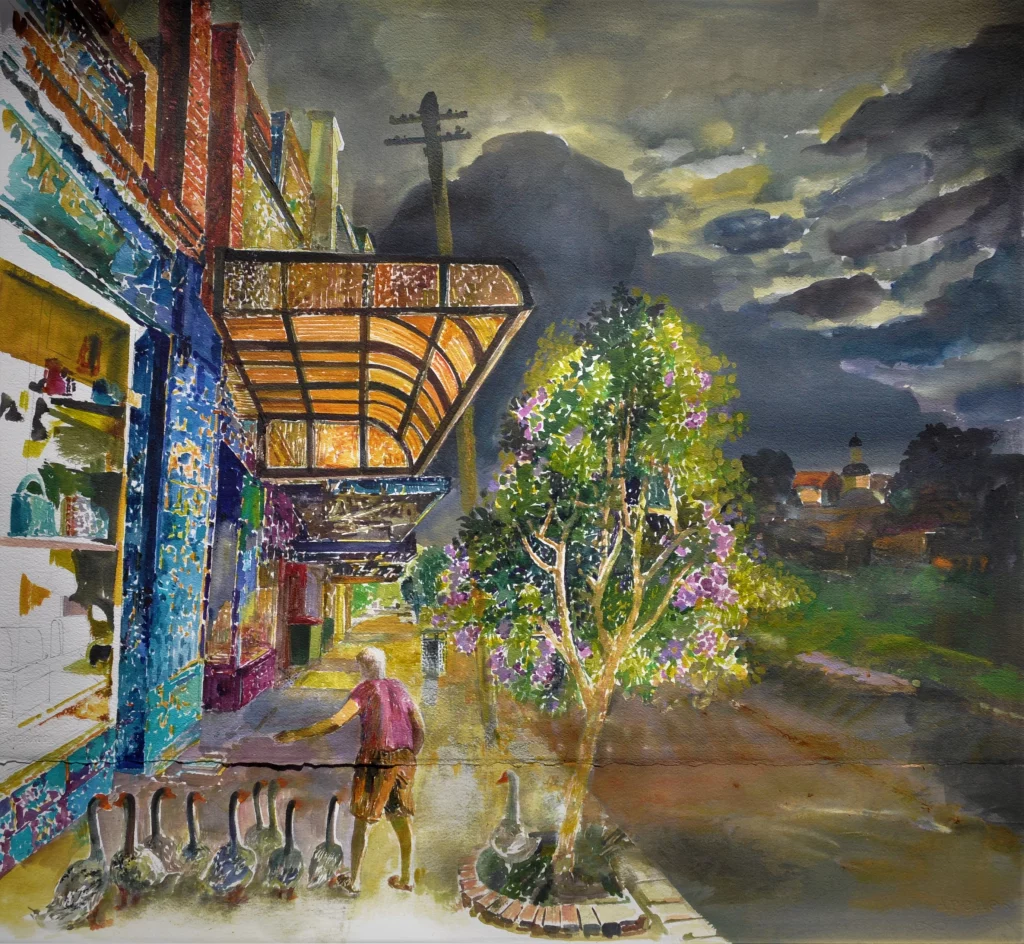
Garmata k Boiu
In Ukrainian “Garmata k Boiu” means getting a cannon into a fighting position. Kuznichenko coincides in time scenes of the war with the architectural sites in Inner West Sydney. His tormented heart and mind are divided between Australia and Ukraine. He even depicted how the paint peels off from the buildings as the Ukrainian war tries to pill off memories of what once used to be his Ukraine. “Although the buildings were there when I was sketching, the thought of harvesting wheat spilling over the streets was in my tormented mind. I remember near Melitopol riding at the back on my grand uncle Filipe’s motorcycle and seeing miles of harvesting wheat and the foxes running through the crops. “Garmata k Boiu” drawing is my only way to protect what I have and what I remember.”
Like many other Ukrainian artists before him, Kuznichenko denounced socialist realism painting. All through his works, especially in landscapes and still lifes, he infuses Ukrainian tradition into Australia’s everyday life. As if two different cultures become one in a unique way that only Kuznichenko can achieve. His drawings and color pallets have elements of the long tradition of the Kharkiv State Academy of Design and Arts. The scenes take the viewer to a dreamy world, revealing the artist’s need to cope with reality, childhood memories, and deeply emotional and psychological turbulence.

In collaboration with the Duke of Edinburgh International Award’s project Stand By Me, the works of Dmitry Kuznichenko will take a part in the fundraiser for Ukrainian refugees in Europe. The limited edition of Dmitry’s prints will go on sale in the United Kingdom. At the same time, a selection of watercolors created in the town of Chernigiv will be offered for sale through the Czech Duke of Edinburgh website. Following the private auction of the selected artworks which will take place in Prague during His Royal Highness’s visit. For further information please visit: Stand By me project for Ukraine and Duke of Edinburgh International Award’s
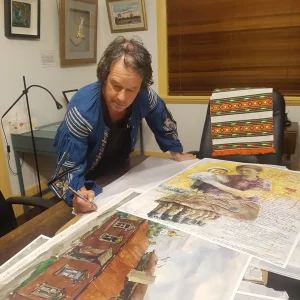
#athinas
Become part of athina’s team! Share your works, enthusiasm and opinion about visual arts.
follow us


You May Also Like
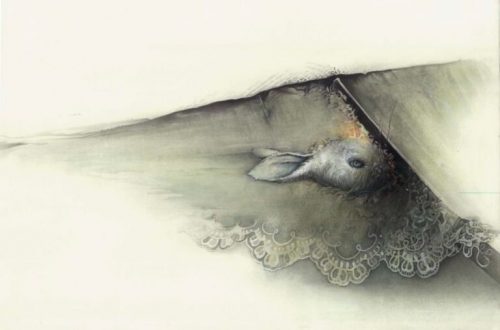
Still Life With Lace
28th August 2024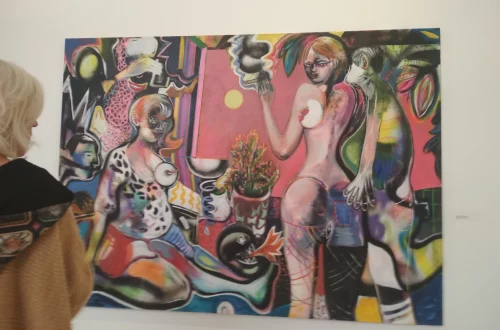
The Oscillating Girl
17th January 2020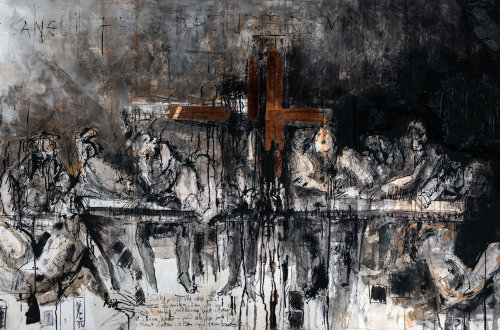
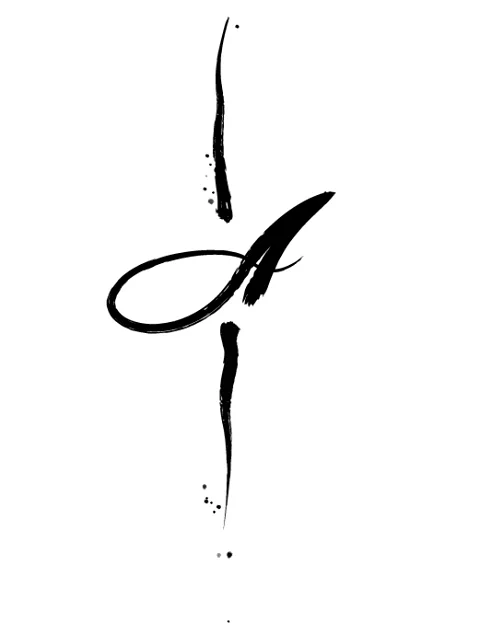
 When you visit any website, it may store or retrieve information on your browser, mostly in the form of cookies. This information might be about you, your preferences or your device and is mostly used to make the site work as you expect it to. The information does not usually directly identify you, but it can give you a more personalized web experience. Because we respect your right to privacy, you can choose not to allow some types of cookies. Click on the different category headings to find out more and change our default settings. However, blocking some types of cookies may impact your experience of the site and the services we are able to offer. For more information please read our
When you visit any website, it may store or retrieve information on your browser, mostly in the form of cookies. This information might be about you, your preferences or your device and is mostly used to make the site work as you expect it to. The information does not usually directly identify you, but it can give you a more personalized web experience. Because we respect your right to privacy, you can choose not to allow some types of cookies. Click on the different category headings to find out more and change our default settings. However, blocking some types of cookies may impact your experience of the site and the services we are able to offer. For more information please read our